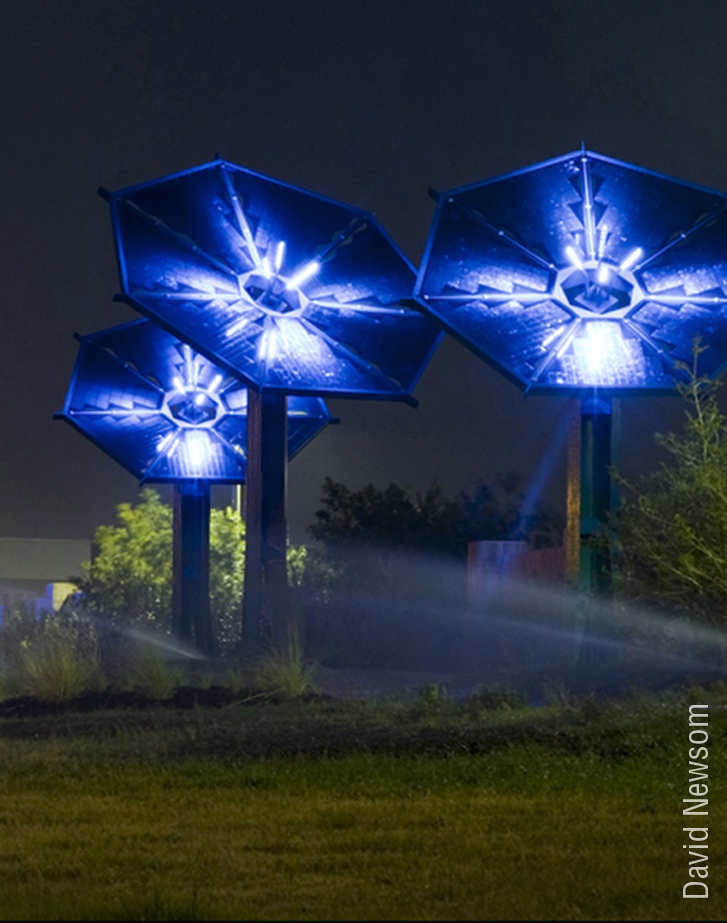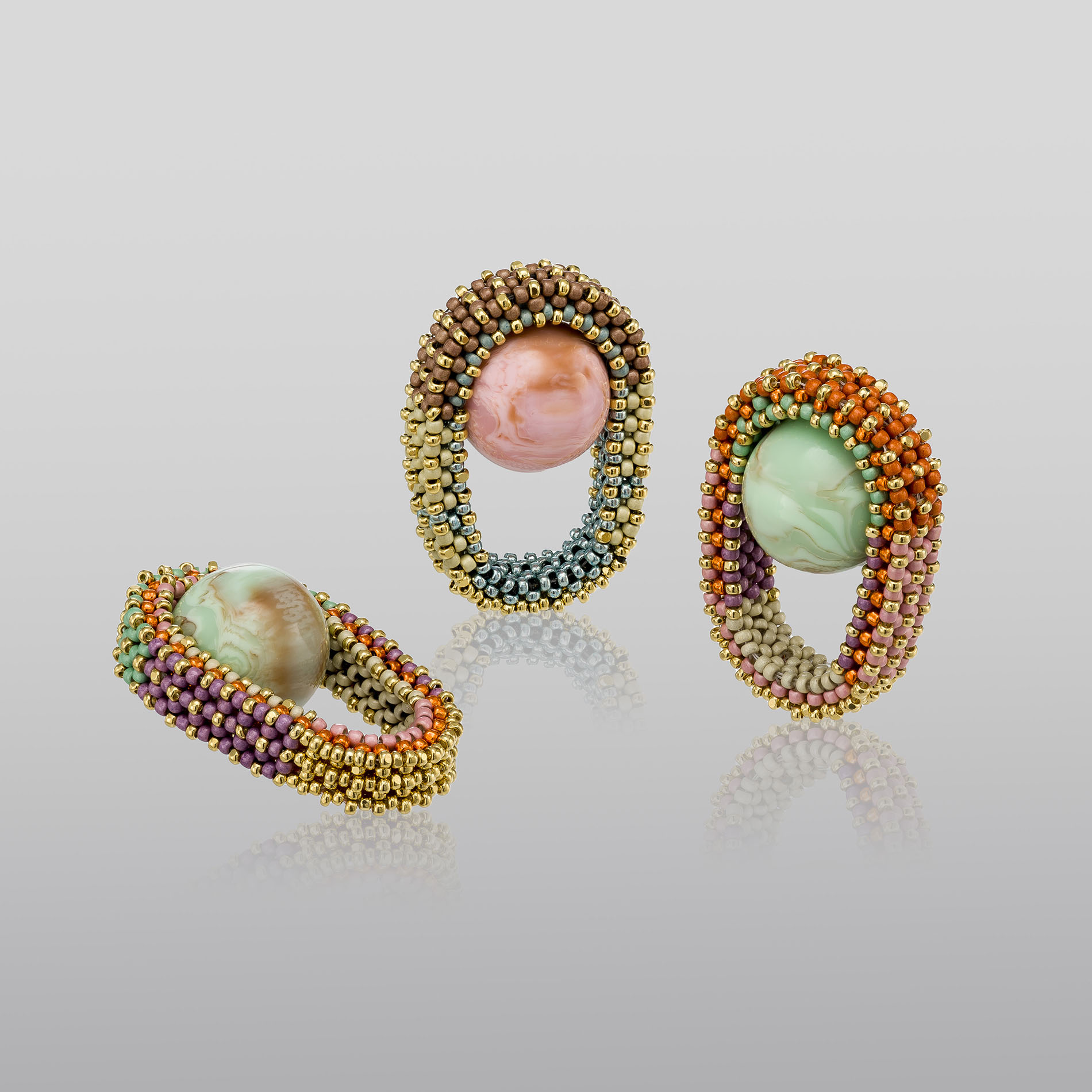“A seed is a story,” proclaims the Michigan State University Broad Museum. A riveting story, indeed – with implications for how we impact our environment, our climate, our future and each other!
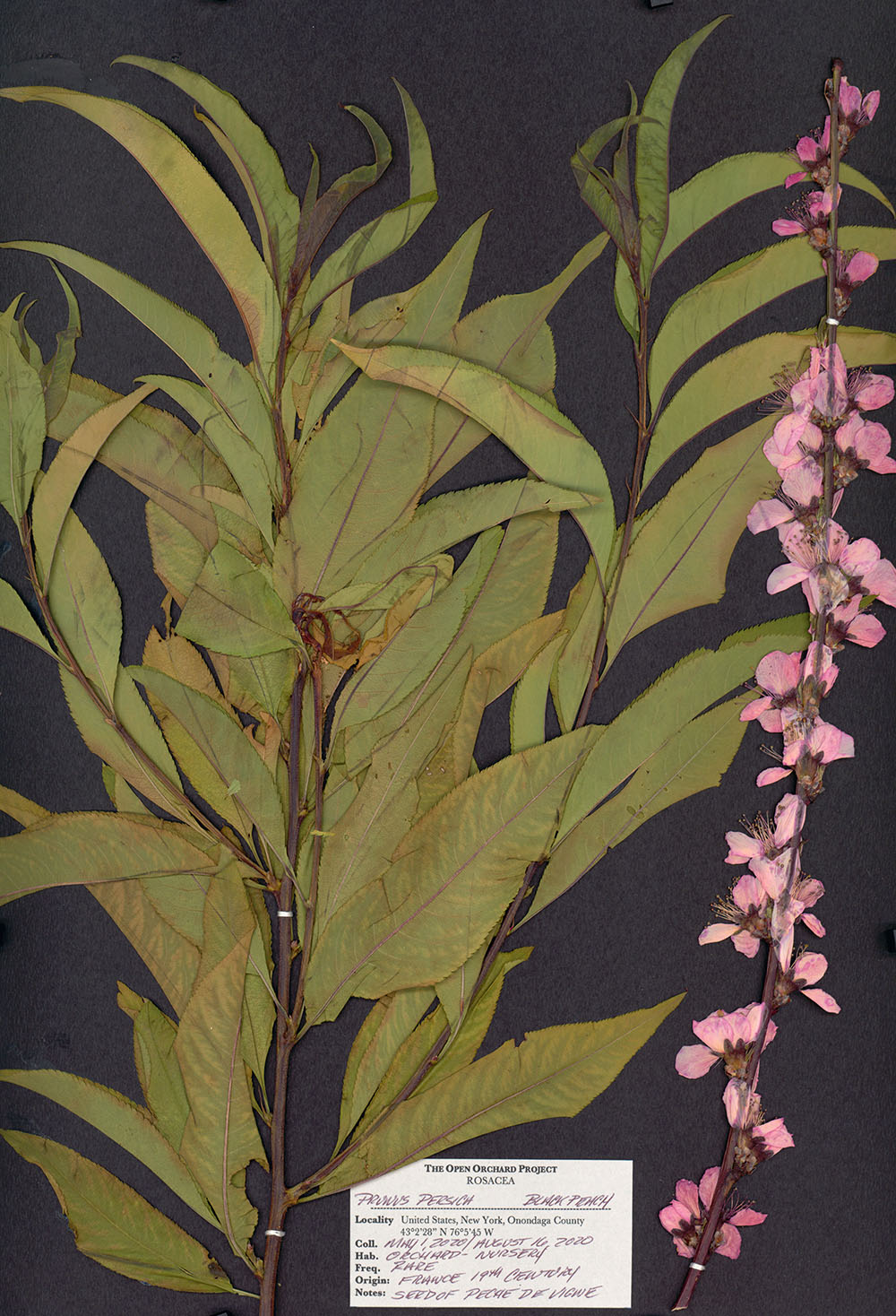
Sam Van Aken, Herbarium, Black Peach (detail), 2019–present. Courtesy of the artist and Ronald Feldman Gallery, New York.
The Broad’s exhibition, Seeds of Resistance, is a thoughtful – and thought-provoking – study of plant and human interdependence. Artworks by 12 contemporary artists from around the globe and archival material from the University’s acclaimed herbarium show how humans are connected to seeds. “Seeds encode both genetic and human cultural values,” explains Associate Curator Stephen L. Bridges, “so loss of seed varieties means loss of human cultural knowledge and histories too. Saving seeds is, in a sense, saving ourselves.”
On display through Jul. 18, 2021, the exhibition offers a captivating presentation for in-gallery visitors and a robust – and innovative – use of online materials for virtual viewers. Three artworks illustrate the exhibition’s depth:
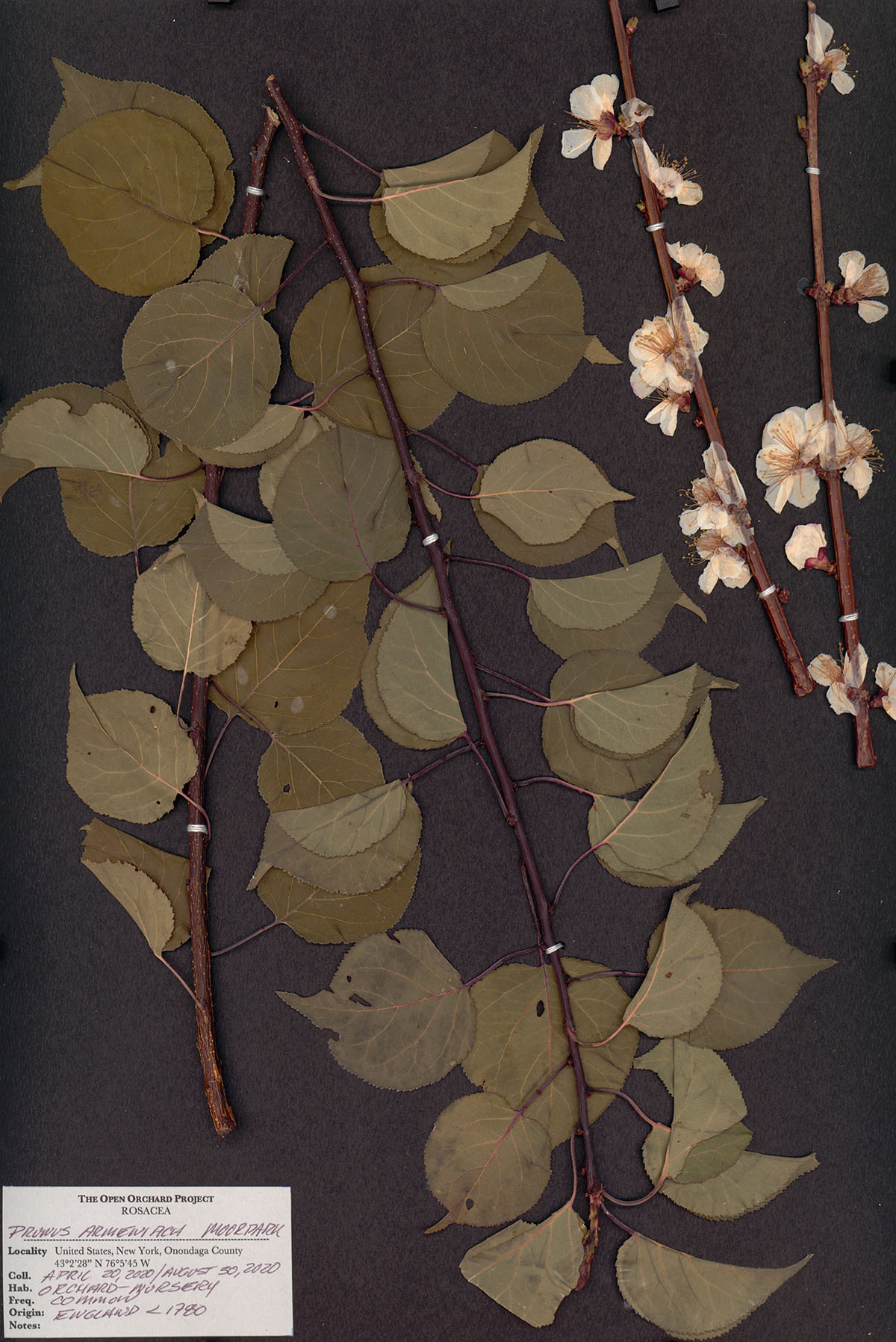
Sam Van Aken, Herbarium, Moorpark (detail), 2019–present. Courtesy of the artist and Ronald Feldman Gallery, New York.
Sam Van Aken’s herbarium specimens are a beauty to behold – and share a fascinating history. Van Aken is a sculptor who uses nature as his medium. By laborious grafting, he created the Tree of 40, a single tree which grows over 40 varieties of fruit. In spring, when the Tree simultaneously sports pink, white, and crimson blossoms, and again in summer, when it produces plums, peaches, and other disparate fruit, the tree jolts our expectations. Van Aken hopes to spark interest in dwindling plant biodiversity. The herbarium specimens on display, the product of his Tree of 40 project research, focus on fruit tree varieties largely spurned by contemporary commercial agriculture.
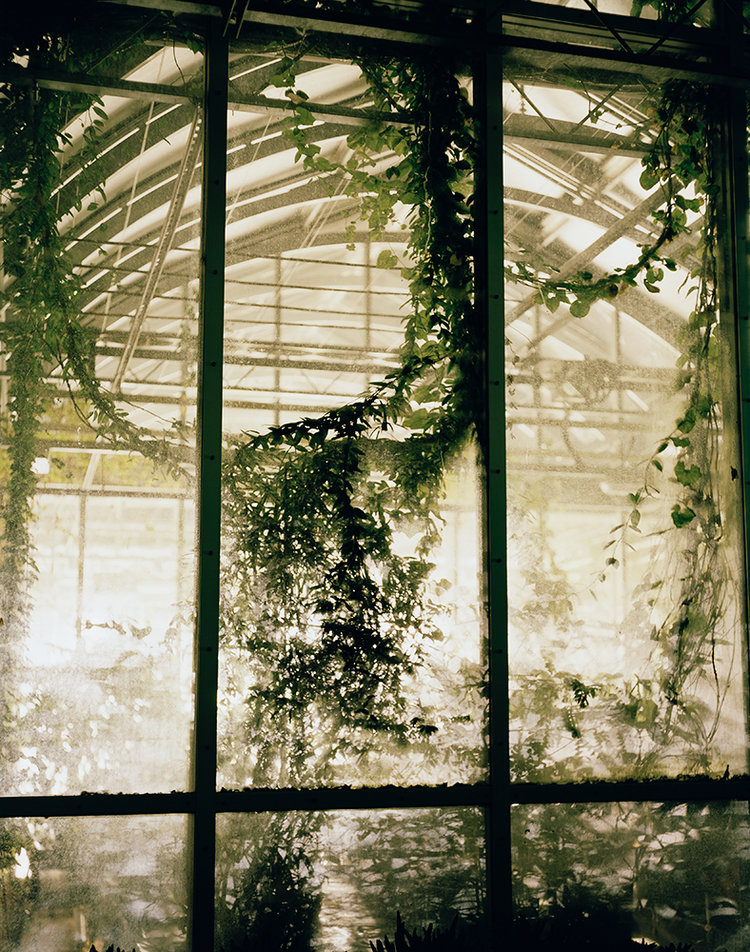
Dornith Doherty, Greenhouse, Millennium Seed Bank, Royal Botanic Gardens, Kew, West Sussex, England, from the series Archiving Eden: The Vaults, 2008–present. Courtesy of the artist and Holly Johnson Gallery, Dallas.
Photographer Dornith Doherty invites us to visualize – and grapple with – the philosophical, cultural and ecological implications of human impacts on the environment. Doherty traveled the globe, documenting through photography major facilities endeavoring to preserve specimens of threatened plants – both to protect them from extinction and to enable us to reintroduce these plants if needed for future foods or medicines.
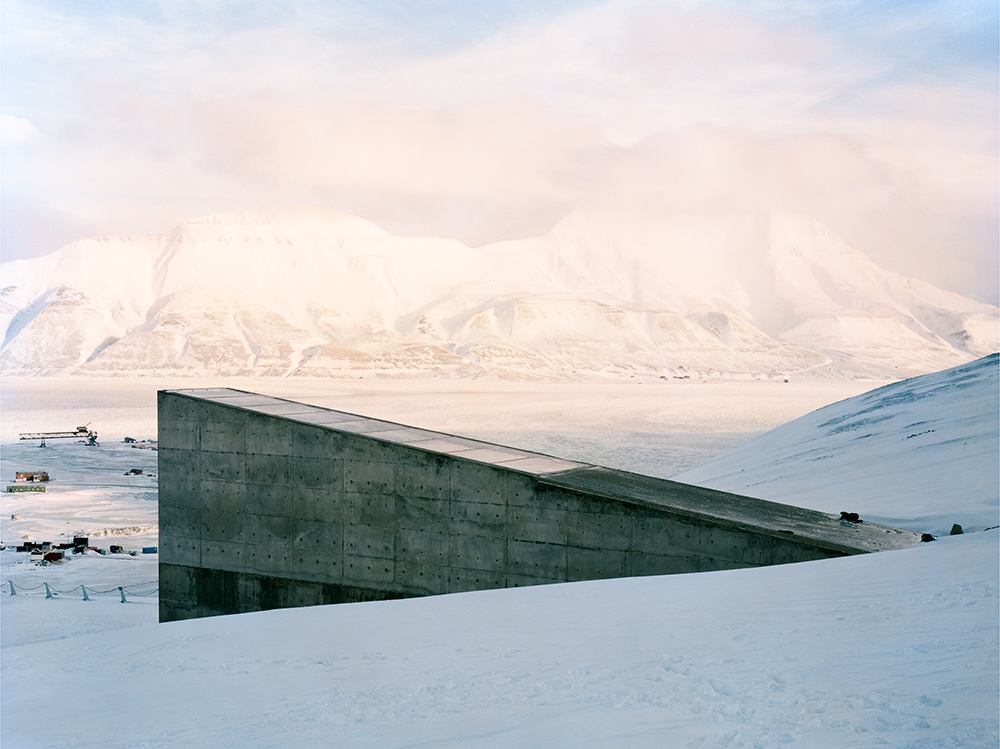
Dornith Doherty, Svalbard Global Seed Vault, Spitsbergen Island, Norway, from the series Archiving Eden: The Vaults, 2008–present. Courtesy of the artist and Holly Johnson Gallery, Dallas.
Her photography transports us to England’s Millennium Seed Bank, an underground collection of over 2.4 billion seeds from around the world, and Norway’s Svalbard Global Seed Vault, backup center for the world’s seed banks. The Vault’s 1 million seed samples, the world’s largest collection of crop diversity, represent over 13,000 years of agricultural history. Located on a remote, yet accessible, island halfway between Norway and the North Pole, the Vault lies well above sea level in a geologically stable area deep inside a mountain. Its location and construction were designed in hopes of withstanding the ravages of time — and the challenge of natural or man-made disasters.
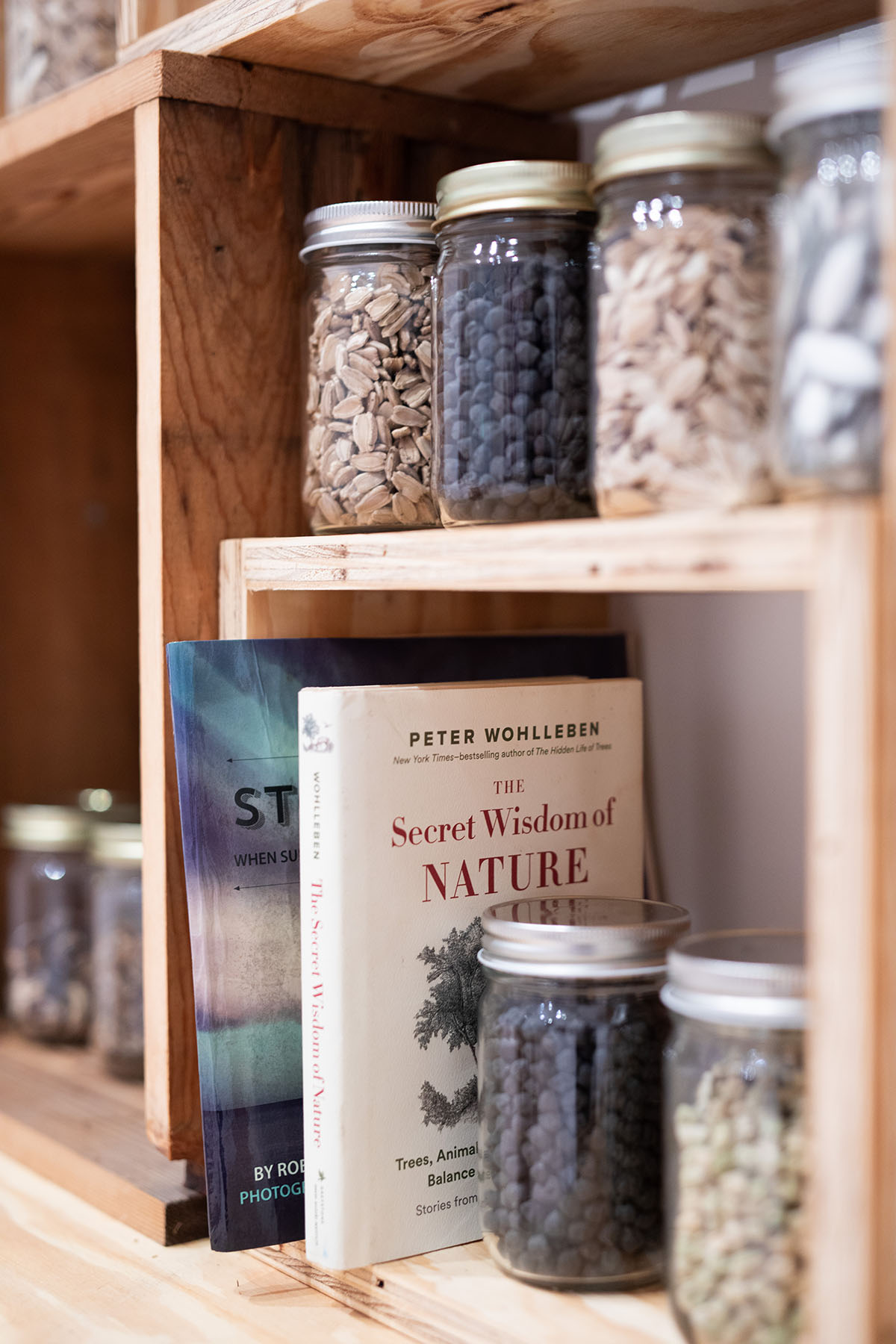
Seeds of Resistance, Installation view at the Eli and Edythe Broad Art Museum at Michigan State University, 2021. Photo: Eat Pomegranate Photography. Courtesy of the Museum.
Artist Vivien Sansour, a trained anthropologist, founded the Palestine Heirloom Seed library to identify and preserve ancient seed varieties and traditional farming practices from around the world. To spark interest in reintroducing age-old seed varieties to contemporary dinner tables, she collects the stories that connect humans to each seed: how have we harvested it? How have we used it in cooking? What cultural traditions accompany that use?
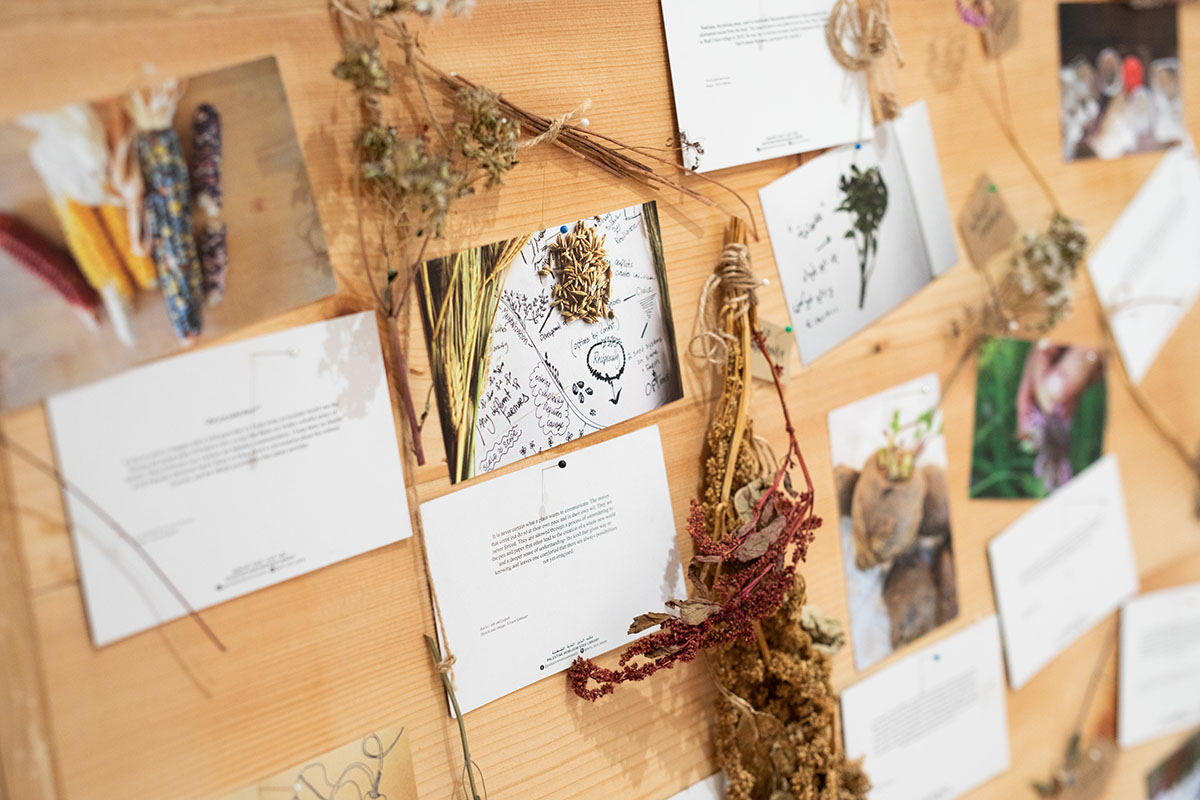
Seeds of Resistance, Installation view at the Eli and Edythe Broad Art Museum at Michigan State University, 2021. Photo: Eat Pomegranate Photography. Courtesy of the Museum.
For online viewers, the exhibition presents a cornucopia of offerings:
A (7:30) video introduction by Associate Curator Stephen L. Bridges and an exhibition brochure capture exhibition highlights.
A (11:42 min.) video talk by Director of Education Michelle Word analyzes the work of 4 participating artists who “challenge us to imagine a better future so that we can create real change together.”
A (26:19 min.) video shares the excitement of MSU faculty members in the Beal Seed Viability Experiment, a 140-year old ongoing research project studying how long seeds can survive underground and still be able to germinate. Conceived to help farmers eradicate weeds, the experiment today yields valuable information about storing seeds for conservation purposes in case of disaster or rapid environmental change.
Dr. Alan Prather, Director of the University’s Herbarium, conducts a fascinating (26:20 min.) online tour of this acclaimed facility, host of over 520,000 specimens of plants and lichens. Visitors can learn how specimens are preserved, how scientists use specimens to study whether climate change is altering plant distribution, and how modern technology is enhancing the efficacy of herbarium research.
Virtual events (all free to the public) include:
- A workshop on dying textiles using avocado pits and kitchen waste (Apr. 10, 2021, 1-4 pm)
- A screening of films exploring parallels between plant and human experience (Apr. 16, 2021, 7-9 pm)
- An interdisciplinary (art, music and science) dialog on the power of seeds in our lives (Apr. 21, 2021, 7-9 pm)
- Studio conversations with:
- Photographer Dornith Doherty (Apr. 22, 2021, 8-9 pm)
- Jackie Sumell, creator of The Solitary Gardens, a project empowering incarcerated prisoners to design garden plots (May 20, 2021 8-9 pm)
A related Broad exhibition, The Long Goodbye (on display through June 27, 2021), features new work by interdisciplinary artist and environmental activist Jenny Kendler. Readers may recall Kendler’s earlier art from our prior News articles. See, e.g., her Underground Library of unheeded books about climate change at Storm King Art Center and her Bewilder camouflage of butterfly and moth eyespots at the Los Angeles County Arboretum and Botanic Garden.
In this latest exhibition, Kendler probes our notions of “value,” pointedly asking: “What do we hold precious, and why?” She invites us to move beyond purely economic or transactional concerns to weigh our impact on planetary health. Her message complements Seeds of Resistance, which, in the words of Museum Director Dr. Monica Ramirez-Montagut, uses seeds literally and metaphorically to highlight “ideas for alternative ways of existing that honor and respect the sacredness of all living things.”

